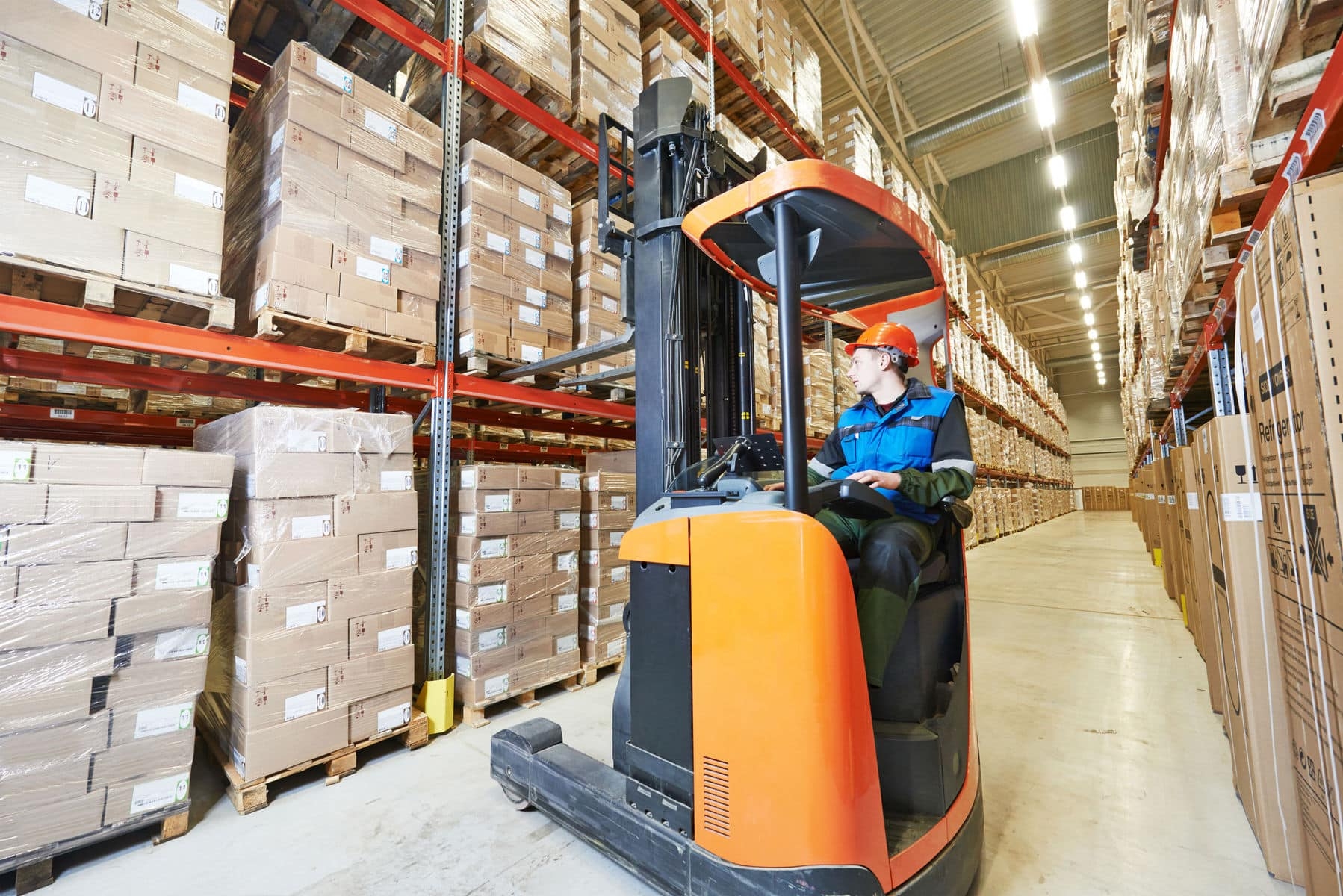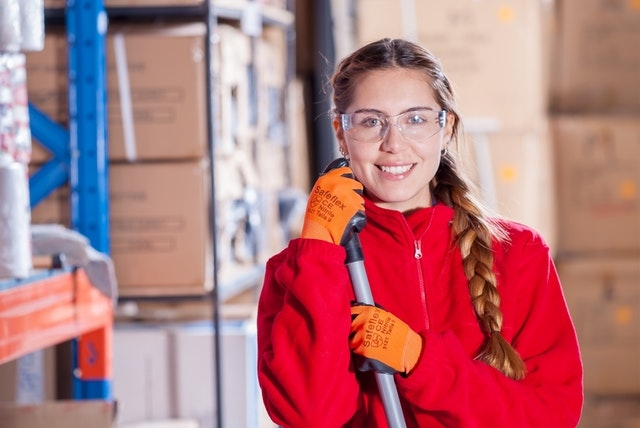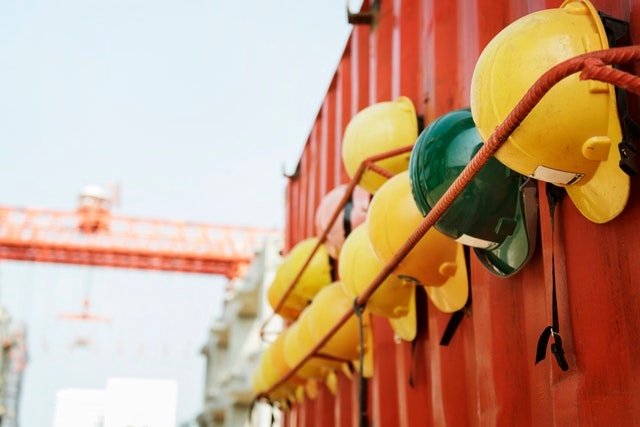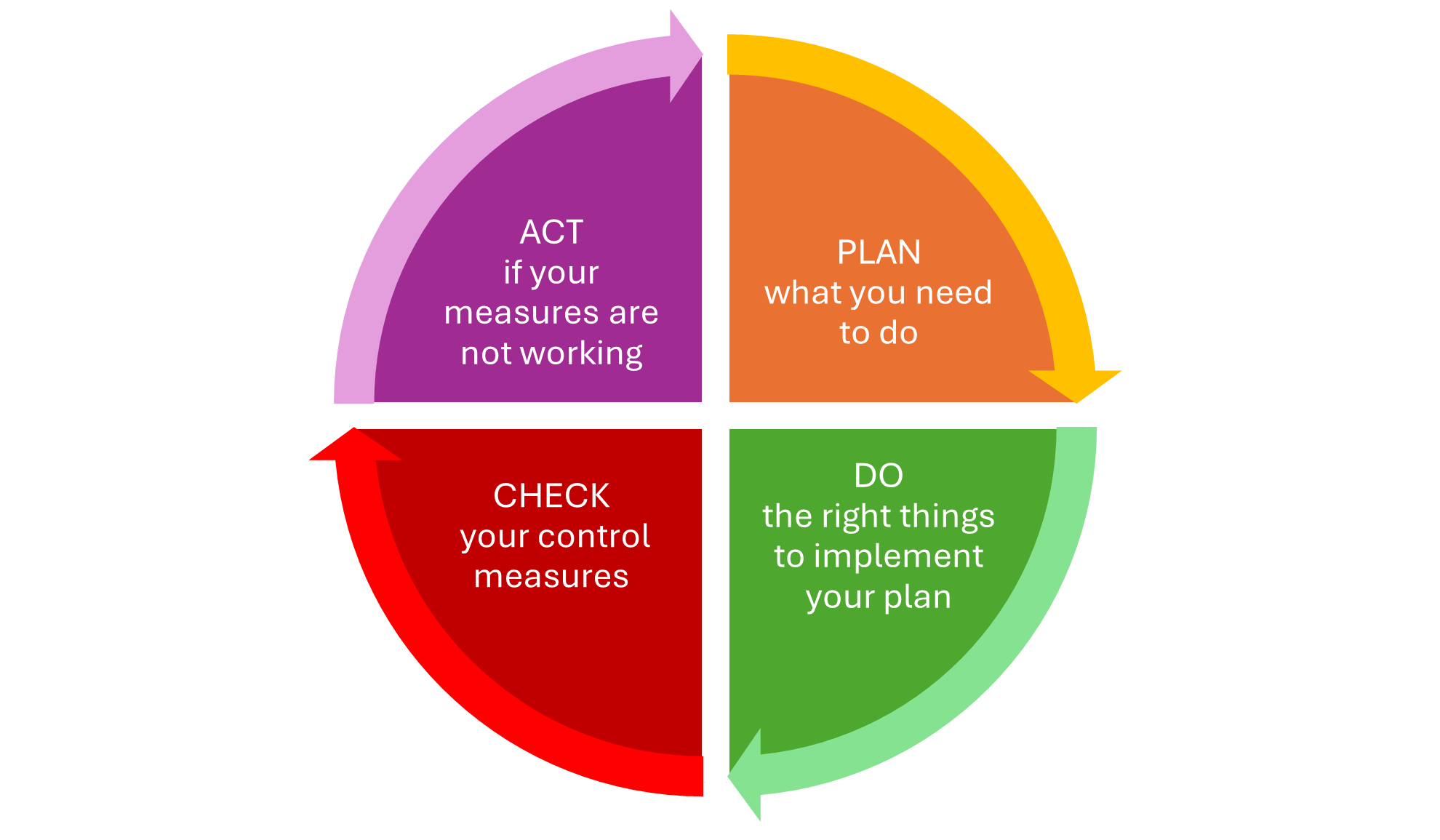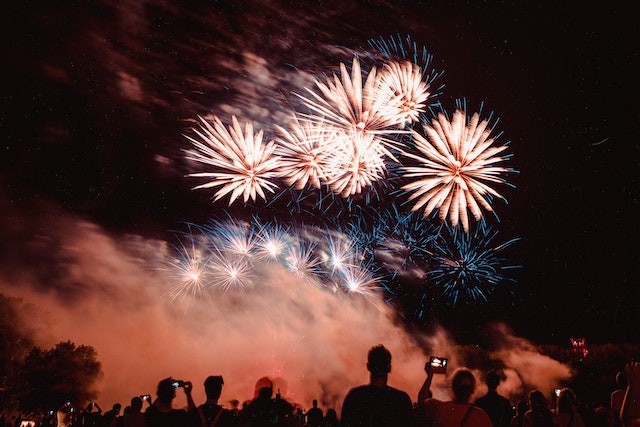
No matter what the occasion, firework displays are intended to be a fun and enjoyable spectacle for all those who attend. However, to make it fun, enjoyable and safe they require responsible planning. This guide has been prepared for those who are planning on holding firework displays or bonfires. It highlights key details about responsibilities to spectators and staff. If you are organising firework displays, including at a sports club, school, parish council, charity organisation you need to plan responsibly.
Organising Firework Displays | Steps to Take Prior to the Event
1. Planning - Running a display takes a lot of work, try to share the load by planning ahead. Consider who will operate the display. There is no reason why you shouldn't light the display yourself if it only contains categories 1, 2 and 3. However, category 4 fireworks may only be used by professional firework display operators. In untrained hands category 4 fireworks can be lethal.
Setting up a committee or working/planning group whose members can each take responsibility for a particular task (including one person to be charge of all safety arrangements) can help to have a systematic and coordinated approach. Be clear and specific on who will do what and when. If possible, try and ensure you have at least one member of staff who has previous experience of firework displays.
Remember, fireworks not marked with ‘Complies with BS 7114 Part 2 1988’ are suitable for use only by professionals.
2. Keep the authorities informed of your plans when organising firework displays - Remember Religious Festivals and key dates in the calendar such as November 5 and New Years Eve is a busy time for authorities, so provide them with ample warning about your plans. You should contact: the Local Fire and Rescue Service, First Aid Groups (e.g., St Andrews, St Johns) and the Police Local Authority (should you need a storage License).
3. Choosing a suitable site - Consider if the site/venue is suitable and large enough for the size and type of display you will have, including a bonfire if you plan to have one. During daylight hours, check the site has a clear and well mown area well away from any buildings, trees and other hazards such as overhead cables and with as many safe access and egress points as possible. These must be away from the firing area and dropping zone. Ensure the entrances are well lit, clearly signposted and clear away any undergrowth or long grass.
As a minimum you should allow 50m x 20m for the firing area, beyond this however, a dropping zone for spent fireworks of 100m x 50m in a downwind direction will be required. Spectators should be kept back on the opposite side to the dropping zone and at least 25m from the firing area. Ensure you can cater for disabled spectators.
Provide ample metal litter bins around the site.
4. Emergency Planning - When organising firework displays consider what will need to be done if things go wrong. You must ensure that someone is appointed to call the emergency services. Make arrangements for you and your team to be trained in the various tasks for the night, including all emergency drills. Arrange for fire extinguishers, buckets of water, buckets of sand and metal litter bins to be available on the night.
Provide ample electric torches with a supply of batteries on the night of the display.
Make public the fact that spectators are not permitted to bring their own fireworks to the display.
Prepare all the necessary signage that will be required on the night of the display.
Prepare a detailed checklist of tasks and allocate who will be responsible for each task.
Depending on the number of spectators, you should consider the provision of a suitable form of public address system (not necessarily for commentary) but as a safety measure. As a minimum, a loud hailer should suffice.
5. First Aid Arrangements - Arrangements should be made for first aid station (s) to be staffed by qualified first aiders and it would sensible and beneficial for first aid staff to be provided with special clothing that identifies them as ‘first aiders’ on the night of the event e.g., high visibility vests.
6. Car parking - Due to the potential risk of damage, any designated car park areas should be located well away and upwind from the display area and dropping zone and to avoid confusion upon arrival at the display site, provide suitable signage for spectators to indicate the car parking areas. To avoid pedestrian/vehicle conflict, try and ensure pedestrian and vehicular access to site is sperate where possible.
Other considerations regarding parking at a display:
- Do not permit parking elsewhere on the display site other than the designated parking area.
- Effective crowd control e.g., appoint a suitable number of stewards/marshals and ensure they understand what they are to do on the night and what they should do in the event of an emergency. It would be helpful if your stewards/marshals were easy to identify by way of high visibility vests (these will also act PPE clothing for the wearer).
- Do not allow spectators to encroach into the display area. If they do, suspend the display immediately. Suitable signage will help demarcate the display area.
- Be aware of overcrowding and the potential safety risks associated with overcrowding. Consult with police during the planning stage and seek their advice on overcrowding. Follow their advice/guidance.
- Alcohol and fireworks don’t mix and can make a crowd more difficult to control. If you are planning to sell alcohol, the bar area should be located well away from the display site.
- None of the organisers or stewards/marshals should be allowed to drink alcohol.
7. Insurance - Check that you are adequately insured to cover any firework related injuries to those present at the display.
Most employers are required by law to insure against liability for injury or disease to their employees arising out of their employment. The Employers’ Liability (Compulsory Insurance Act 1969) ensures that, as an employer, they have at least a minimum level of insurance cover against such claims.
Public liability insurance is not required under Health and Safety Law, nonetheless if you are storing fireworks you may wish to take out public liability insurance. Many trade association, professional bodies and H&S Accreditation bodies require this as a condition of membership or accreditation.
Ensure you obtain fireworks from a reputable supplier. Vet/assess any traders you intend to allow on to the display site on the night of the display.
You must have a suitable place to store the fireworks. Arrange for your fireworks to be delivered and stored securely, (your firework supplier or local authority should be able to advise you) and circulate the manufacturers general instructions to your team.
We are all aware the terrifying effect fireworks can have on animals. Consider the most suitable arrangements to warn neighbours and local farmers if necessary so they can keep pets indoors and take other necessary precautions.
Organising Firework Displays | Event Day
- Re-check the site along with the weather and wind direction.
- Prohibit people from entering the zone where the fireworks will fall or let anyone other than the operator into the firing zone or the safety zone around it.
- Discourage spectators from bringing alcohol to the site.
- Do not allow spectators to bring their own fireworks to the site. This information should be conspicuously displayed at the entrance to the site.
Letting off Fireworks
- Extreme care must be taken at all times.
- Prohibit members of the display team from smoking at any time during the display especially when fireworks are being handled.
- Unpack fireworks with extreme caution and well away from sources of ignition e.g., open fires, naked flames or flammable materials.
- Fireworks are fragile and can be easily broken or damaged so to protect them store them in secure box that is kept closed.
- Using a battery-operated torchlight, read and follow the instructions very carefully.
- Ensure the fireworks and the wind are angled away from spectators.
- Firework manufacturers generally provide a device called a Portfire for setting off lighting display type fireworks, use Portfires when available and always light fireworks at arm’s length. Keep Portfires in a secure metal or wooden box, never allow them to be caried in pockets. Alternative forms of safety lighters e.g., slow matches, are often available.
- Never use matches or lighters for lighting fireworks at a display.
NEVER ATTEMPT TO RELIGHT FIREWORKS. KEEP WELL CLEAR OF FIREWORKS THAT HAVE FAILED TO GO OFF. 30 MINUTES IS THE ABSOLUTE MINIMUM TIME TO WAIT BEFORE APPROACHING IT AGAIN.
A sudden change of wind could cause aerial fireworks to fall dangerously among spectators. In very windy weather, consideration should be given to canceling the display.
Organising a Bonfire?
Even though it may not seem so, but bonfires need considerable organising as they can be a significant hazard at an organised firework display. After careful consideration and assessment, it is decided a bonfire will be a feature of a display, appoint one person to be responsible for it, from early planning to final clear-up.
- Check the structure is sound and does not have any small children or animals inside it before igniting.
- Bonfires should not be sited near to the firework storage area.
- Do not use petrol, paraffin or other flammable liquid to light the fire.
- Only the person appointed to manage the bonfire should be responsible for lighting the fire. That person should wear suitable clothing e.g., a substantial outdoor garment made of wool or other low-flammable material.
- Ensure that the person lighting the fire knows what to do in the event of a burn injury or clothing catching fire.
- Fireworks, even duds should never be placed on a bonfire.
- Dangerous rubbish e.g., aerosols, paint tins and foam-filled furniture should not be placed on a bonfire.
When the Display is Over
The work of the organising team should not stop at the end of display. Spectators need to be safely cleared from the site, including cars from the car parking area.
The bonfire needs to be out completely and spent fireworks need to be located and gathered using battery operated torches, tongs or other suitable tool and strong gloves should be worn.
Children should not be allowed to gather spent firework cases. The burning of spent firework cases as a means of disposal is potentially dangerous, therefore should only be done with extreme care and after all spectators have left the site.
In circumstances where any fireworks haven’t gone off after 30 minutes, they should be doused in buckets of water. Ask your local Fire and Rescue service for advice.
The morning after - Carefully check and clear the site. Dispose of fireworks safely. They should never be burnt in a confined space e.g., a boiler.
Additional Considerations if Organising a Major Public Firework Display
For major displays, particularly those involving category 4 ‘professional’ fireworks or very large numbers of spectators, a more robust approach is obviously required.
- Plan and mark out areas for spectators, firing fireworks (and safety zone around it) as well as an area where fireworks will fall.
- Consider how people will get in and out of the site. Keep pedestrian and vehicle routes separate if possible. Mark exit routes clearly and ensure they are well lit. Ensure emergency vehicles can get access to the site.
- Appoint a suitable number of stewards/marshals and ensure they understand what they are to do on the night and what they should do in the event of an emergency.
- Contact the emergency services and local authority. If you site is near an airport you may need to contact them.
- Sign post the first aid facilities.
Get in touch with our Health and Safety team if you are organising firework displays and need further guidance. Wirehouse clients should contact the Safety Advice Line, if you are not a Wirehouse client call 03333 215005 or email info@wirehouse-es.com


